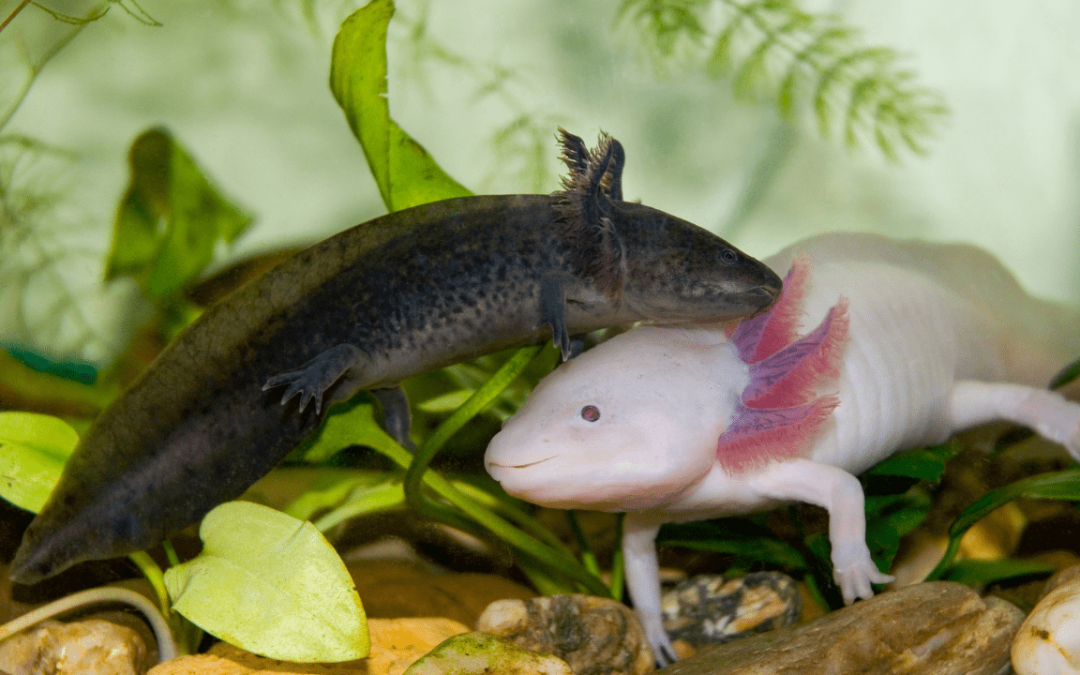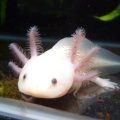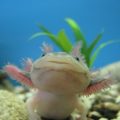Table of Contents
Since you’re reading this article, it’s probably safe to assume that you are on the verge of deciding whether you should take care of your axolotls. And you have made the right move to click, as I will help you come to the conclusion regardless if it is worth saying yes or no, moreover providing you information confirming if axolotl is the right exotic pet for you.
Fortunately, a lot of exotic pet owners believe that keeping an axolotl is one of the unique, fulfilling, and enjoyable adventures an Aquarian can embark themselves into. The creatures are known to be a complete blast, given that they are active and often engage with their owner, and with their endearing appearance that you will not get tired of looking at. See, the yes you have been looking for is all coming together.
Aquatic Salamanders
All over the internet, these comical creatures are unique aquatic salamanders with distinct biological features. First, they are actually an amphibian, not a fish that most people have been mistakenly known of. They do not outgrow their juvenile characteristics, that is why all of their life, they look like a baby tadpole and are really relatively small. What’s even more interesting is how they have the process of rejuvenating parts of their body. These overly unique and unreal creatures can grow their missing body parts back, which makes them crucial for biological research.
They are sought after because of their unique looks. The shape of them is like a combination emerging between a fully formed salamander and a tadpole. They manifest long slender bodies with four thin legs. Their tails are relatively small yet greatly utilized for swimming. Their heads are wide, with eyes that do not have lids, that is why their little back eyes are always open. Wrapping up, their unique mouth shape gives them a smiling appearance, securing what is an overly cute creature they are. Their most defining feature is their gills that protrude like crowns on their head. In terms of colors, there exists lots of variety. They exist in shades of pink, gray, brown, and green.
Care and Consideration for an Axolotl Tips
An axolotl is a relatively low maintenance, and very doable in taking care of. You are also expected to easily grasp their basic needs. As they are hardy and unfussy, all you really need to provide them is good habitat and a high-quality diet, with some other essential requisites, and you are opting for a long exotic petting journey with them.
Tank Size
The advisable tank size for them is 10 gallons. You are encouraged, however, to go for 20 gallons if you have enough room to work on. It is important to know that these creatures are known for being large waste emitters. While yes, they do stay healthy in a 10-gallon tank, a 20-gallon tank is a proactive move to further ensure your axolotl will not get sick. They are also likely to explore, play and navigate bigger aquariums that will account for their heightened happiness, And last, a lot of axolotls that live relatively longer are kept in a larger tank.
Water Parameters
Axolotls must be placed in a water temperature of 60 to 64 degrees Fahrenheit, with pH levels of 6.5 to 7.5 with a water hardness of 7 to 8 dKH. You ought to perform regular water tests to keep these three important factors stable. This holds significance, as axolotls have permeable skin that makes them extremely sensitive to changes in water. To assure you, this is relatively easy to cope up with.
Tank Setup
The best substrate material for them is sand, as traditional aquarium gravel can be swallowed and lead to intestinal blockage. On top of the substrate, adorn it with plenty of hiding places. Driftwood rocks, caves, and plastic decorations can be used. Moreover, live plants are highly appreciated. Also, do remember that strong filtration is a must, and hang-on back filters are the best bet. In regard to brand, just make sure that it is powerful enough to cycle the tank fully.
Dietary Needs
Axolotls in captivity strive on high-protein diets. They love earthworms, blood worms as well as brine shrimp. Feeder fish and mice is a no as it can introduce parasites that are capable of making your exotic pet sick. Therefore, it is best to choose the preceding. At intervals, they must be fed two to three times a week only. The best way to feed them is with long forceps and tweezers. In doing so, just place it near them so no problem of sighting and eating it will occur.
Behaviors and Temperament
Your soon-to-be exotic pet is a complete joy to watch and observe. When somebody is watching them, they tend to be active. You might notice them swimming, giving you an absolute show. When they are not entertaining, they remain calm, relaxed, and with no ounce of care with anyone and anything. With tank mates, they should not be kept with, as their cannibalistic behavior is common. Their tank mates might be eaten, as they are to show aggressiveness with them.
Lastly, you might be wondering if you can hold them. Yes, they can be, delicately, with limited time intervals, and using a very fine mesh in catching them. Many argue that really, they should not be released from water, as they are very feeble, with their body being made of cartilage rather than bones. With this, they are prone to injuries.
Conclusion
Have you made up your mind? No need to answer that now! Just keep in mind all the things to be considered in raising them are easy, simple and very much doable, and not out-of-the-pocket expensive.






 Author and long-time animal lover. Sharing knowledge on pet care through experience and the written word.
Author and long-time animal lover. Sharing knowledge on pet care through experience and the written word.